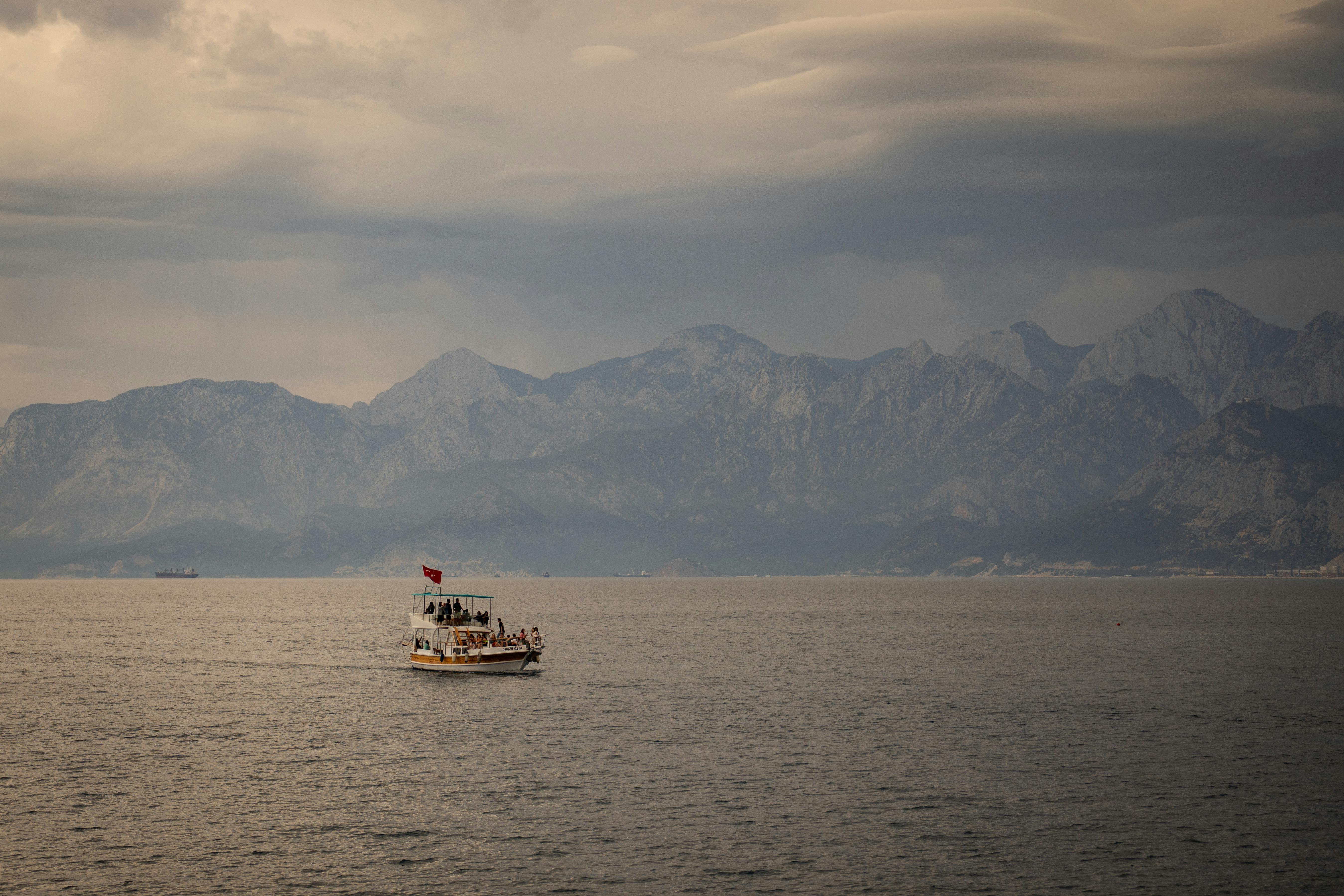Water distillation is a process of purifying water by removing impurities and contaminants. It works by boiling water to convert it into vapor, and then condensing the vapor back into liquid form. This process eliminates any solid particles, bacteria, viruses and other harmful substances from the water. Distilled water has many uses in both industrial and home applications, including drinking water, medical treatments, cooking, cleaning and much more.Water distillation is a process that involves heating water to its boiling point so that it vaporizes, then cooling the vapor so that it condenses back into liquid form. In this way, impurities are left behind in the boiling container and the resulting liquid is pure water.
What is Water Distillation?
Water distillation is a process that involves the heating of water to its boiling point, and then collecting the resulting vapor. This vapor is condensed and collected in a separate container and allowed to cool, before being used as drinking water. The process removes minerals, bacteria, viruses, and other impurities from the water. It’s an effective way to obtain clean drinking water from sources that may otherwise be unsafe.
How Does Water Distillation Work?
Water distillation works by heating water until it reaches its boiling point, usually around 212°F (100°C). The steam created escapes from the container and is then cooled in a condenser. As it cools, it turns back into liquid form and is collected in a separate container. This process leaves behind all of the impurities that were present in the original water sample. The resulting liquid can then be used as safe drinking water.
The process of distillation can also be applied to other liquids such as alcohol or essential oils, although the temperatures used will vary depending on what is being distilled.
Benefits of Water Distillation
Water distillation is a process that involves boiling water and collecting the steam as it cools. This process removes any impurities present in the water, such as bacteria, viruses, and other contaminants. The result is clean, pure water that can be used for drinking, cooking, and other purposes. Water distillation has numerous benefits that make it a popular choice for many consumers.
One of the primary advantages of water distillation is its ability to remove a wide variety of contaminants from water. Distilled water contains no minerals or other impurities that can affect the taste or safety of drinking water. Furthermore, it eliminates any bacteria or viruses present in the water, ensuring that it is safe to drink. This makes distilled water an ideal choice for people with weakened immune systems or those who are concerned about contaminated tap water.
Another advantage of water distillation is its cost-effectiveness. Since this process only requires heating and cooling steps, it does not require any additional chemicals or agents to purify the water. This makes it much more affordable than other methods of purifying drinking water. Furthermore, with proper maintenance
Drawbacks of Water Distillation
Water distillation is a process of purifying water, but it has some drawbacks that should be noted. One of the main drawbacks is the cost of the equipment and energy required to run it. The process requires a large amount of energy to boil the water, which increases operational costs. Additionally, it is quite time consuming and can take several hours to produce a few gallons of distilled water. Furthermore, there are some contaminants that are not removed by distillation such as dissolved gases, volatile compounds, and certain types of bacteria.
Another downside is that some minerals and trace elements are removed during the distillation process. These minerals are important for our health and should not be removed from drinking water. The distilled water also has a slightly acidic pH level which can be detrimental to our health if consumed on a regular basis. Finally, distilled water tastes flat and bland since it lacks the natural minerals found in other types of drinking water.
Types of Water Distillation Systems
Water distillation systems are used to purify water, removing any contaminants, impurities, or minerals from the source. There are several types of water distillation systems available on the market, all designed to provide clean and safe drinking water.
The most common type of water distillation system is the countertop unit. This is a small device that can be placed on a countertop or in a kitchen sink. It works by boiling the water and collecting the steam that is produced, which then condenses to form pure drinking water. These units are usually very efficient and cost-effective for households or small businesses that need purified drinking water in limited quantities.
Another type of water distillation system is an industrial unit. These are much larger systems that can be used in commercial applications to produce large amounts of purified drinking water. They typically use either an electric heating element or a gas burner to boil the source water, with the resulting steam then being condensed into purified drinking water.
Finally, there are also portable distillation systems available that are designed for outdoor use in remote areas or for camping trips.

Cost of a Water Distillation System
The cost of a water distillation system depends on several factors, including the type of system, the size, and any additional features or accessories. Generally, smaller systems can cost as little as $100, while larger systems can be upwards of $2,000. For a basic water distillation system that is suitable for home use, expect to pay between $300 and $800.
The type of water distillation system also affects the price. Systems with more advanced filtration capabilities tend to be more expensive than those with basic filtration. Additionally, countertop systems tend to be more affordable than under-sink units.
When shopping for a water distillation system, it is important to consider the upfront cost as well as any additional costs associated with ongoing maintenance and replacement parts. Some systems require regular filter and membrane replacements which can add to your overall cost over time. Additionally, some systems require special installation which may incur additional fees or costs. It is important to factor these costs into your budget when considering the overall cost of a water distillation
Installation Requirements for Water Distillation Systems
Installation of a water distillation system requires professional expertise to ensure the system is working correctly and safely. The installer should be familiar with the local plumbing codes and regulations and have experience in the installation of water distillation systems. All components of the system should be inspected prior to installation to make sure they are in good working order. A qualified electrician should also be consulted to ensure that all electrical components are properly wired and grounded. Once the system is installed, it is important to test the water for purity and make sure that it meets all local standards.
Maintenance Requirements for Water Distillation Systems
Regular maintenance is essential for keeping a water distillation system in good working order. The filter cartridges should be changed on a regular basis, typically every six months or as recommended by the manufacturer. It is also important to check the pressure gauge on the unit regularly to make sure it is operating within acceptable ranges. Electrical components should be checked regularly, and any loose wires or connections should be repaired immediately. The condensate collection container should also be routinely emptied, and any build-up inside the
Step 1: Research
The first step in installing a home water distillation system is researching the different models available. There are many different types of systems, each with its own advantages and drawbacks. Be sure to read reviews, compare prices, and check for user feedback before making a purchase. It is important to find a system that fits your budget and meets your needs.
Step 2: Preparations
Before beginning the installation process, make sure you have all the necessary materials on hand. This includes the distillation system itself, along with any necessary hoses, connectors, and hardware. Additionally, you will need a power source for the system (such as an electrical outlet or generator), as well as access to a cold water source and an area where the distilled water can be stored.
Step 3: Installation
Once you have all of your materials ready to go, it’s time to start installation. Depending on the type of system you have chosen, installation may vary slightly. Generally speaking, however, you will need to connect the distiller to

Conclusion
Water distillation is a process that is used to purify water and create clean, safe drinking water. It has been used for centuries and is still used today. The process removes impurities from the water, making it safe for consumption. Water distillation can be done on a small scale or large scale, depending on the needs of the people involved. It is an effective way to make sure that the water being consumed is clean and free from contaminants. Water distillation can also be used to create distilled spirits and other products such as essential oils, perfumes, and medicines.
Overall, water distillation is an effective way to make sure that the water consumed by humans is clean and free from contaminants. The process can be done on a large or small scale depending on individual needs. Water distillation also has other uses such as creating distilled spirits, essential oils, perfumes, and medicines. By understanding how the process works, individuals can make sure that they are consuming safe drinking water for their health and safety.

